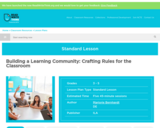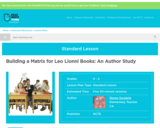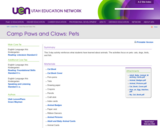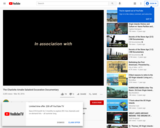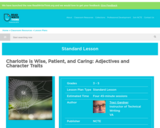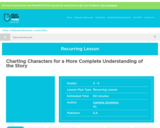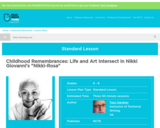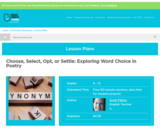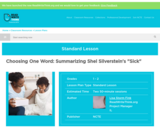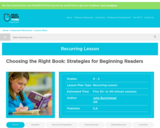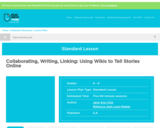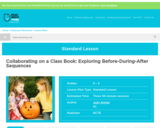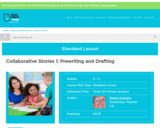In this first unit of second grade, students read multiple versions of a classic fairy tale, Cinderella. Through reading various versions of the same story, students are not only exposed to a wide variety of cultures, but they are also challenged to think about how the culture, or setting, of the story influences the plot. In first grade fiction, students took a trip around the world, exploring a wide variety of themes and stories from all over, in order to build a foundational understanding that our world is made up of many diverse and unique cultures. This unit builds on the exposure to new cultures students received in first grade and provides an opportunity for students to explore the idea that even though cultures may appear to be different, there are many things embedded within the unique characteristics of different cultures that make them similar. Storytelling, and the role of storytelling, is one of those similarities. It is our hope that this unit, in connection with others in the sequence, helps students build empathy and understanding of the world around them.
The different versions of Cinderella help students understand the components of a fairy tale and the lessons associated with traditional fairy tales. Over the course of the unit, students will be challenged to ask and answer questions about the text and illustrations as a way of deepening their understanding of plot, setting, and characters. In the first section of the unit, students will focus deeply on the setting, characters, and plot of the different versions of Cinderella, learning to compare and contrast the nuances across different versions. In the second section of the unit, students will read Cinderella stories that vary from the traditional plot structure but still include the underlying theme that a person’s actions (good or bad) influence his/her life outcomes. In this section students will dive deeply into three texts to analyze different characters’ traits and how the author uses those traits to help reveal the lesson of the story.
